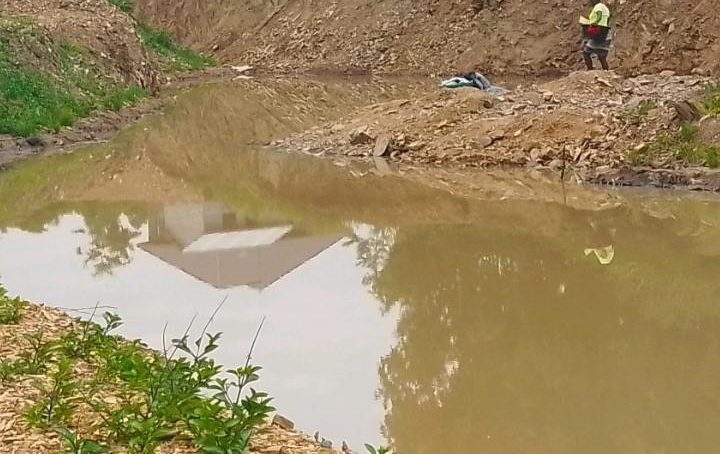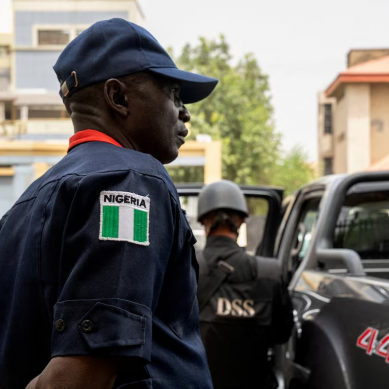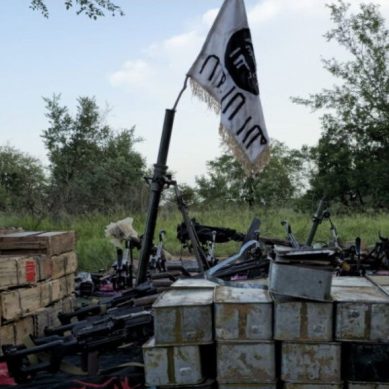
The extent of damage wrought on environment in Migori County as a result of wanton gold and copper mining is leaving a dilapidated environment in the region.
The pits left behind are huge and the risks are amplified at all mining sites within the region, exposing the lives of the local population to the danger of not only fatal accidents but also to diseases.
The deep open pits filled with stagnant water, eroded heaps of loose gravel and bare surfaces are all human errors that worry most the residents and the authority in the area, as poverty and careless handling of the artisanal mining continues to exacerbate the current situation especially in the semi-arid areas of Nyatike constituency.
Gold, which is becoming an economic stimulant within the region, now threatens Nyatike residents’ livelihoods, health and environment to the core. Although the mining of the precious mineral has brought a lot of economic opportunities in the region, health challenges and environmental issues continue to affect the local communities, with mining sites becoming death trap zones.
Janes Odhiambo, a resident of Masara area in Nyatike Sub-County, says that the land was productive and arable before the Chinese miners came with their excavators and other larger mining machines to extract gold and copper.
“We used to grow maize, beans and vegetables, but now, we cannot even let our cattle near the excavated pits,” Odhiambo lamented.
He says that the mining companies have dug deep shafts, leaving behind gullies and uneven terrain that are now monumental mounds and embankments with pits filled with a massive pools of filthy water as a result of unchecked gold mining activity.
Irene Joy, a primary school teacher from Munyu area, bemoans that the noise and dust pollution from the neighbouring mining sites never stops, affecting the people’s hearing capabilities. She explains that before the gold rush, the area was covered with trees and vegetation that were a natural habitat for wild animals.
But currently, she notes that during the dry season, the wind carries fine particles to classrooms and homesteads in nearby schools and homes, resulting in cough-related diseases.
According to Joy, the problem goes beyond just dust. Fears are that most water sources in the region may be contaminated, with some of the school-going children always complaining about stomach pain.
Mercury has been one of the ingredients used in gold extraction in the area, a hazardous substance that environmental experts have warned to cause lung and kidney diseases.
The massive vegetation clearing meant to pave the way for mining activities has resulted in increased surface runoff that largely contributes to water pollution, with chemicals such as mercury and sodium carbonate finding their way to the area water bodies.
Jovin Okoth, a miner at one of the mining sites in Nyatike, acknowledges that he has been working for about five years without proper protective gear like helmets and gloves. These mining sites are very dangerous, and at times we go as long as a mile beneath the ground, putting ourselves in enormous danger, whereby a single mistake can end your life through shafts carvings.
Okoth adds that the machines used, especially by small-scale miners usually releases poisonous gas, exposing the men to airborne diseases like tuberculosis.
According to the Department of Public Health and Sanitation data, in 2024 alone, 191 TB cases miners were diagnosed with, accounting for 10 per cent of the over 2,000 TB cases and other lung conditions reported across the county.
Despite the dangers, the desperation for income continues to drive a lot of youths in the sector and at times contributes to child labour and school dropout. It’s high time that leaders should speak out and call for stringent regulations and enforcement to safeguard the mining activities and protect the environment for the benefit of future generations.
However, corruption, lack of political will and enforcement remain the weak-link as many mining operations are informal or poorly monitored, making it difficult for environmental protection and governing laws to be implemented.
Stakeholders in this sector now calls upon the two levels of government to formalise mining laws, enforce environmental standards, promote alternative livelihoods and involve communities in the decision-making process to safeguard the lives of people and animals.
- A Tell Media / KNA report / By Richard Chacha and George Agimba
A deep open pit filled with stagnant water at one of the mining sites in the Masara area in Nyatike Sub County. Photo by Richard Otieno.
A heap of loose gravel and bare surfaces that pose a danger to the residents of Munyu area, Nyatike Sub County. Photo by Richard Otieno.
A small-scale miner at one of the mining sites in Migori. In 2024, 191 TB cases emanated from miners, accounting for 10 percent of the over 2,000 TB cases reported across the County. Photo by Richard Otieno.







